The popularity of Kei cars in Japan is very high, with data showing that about 40% of all new car registrations in the country are now kei cars.
Nevertheless, kei cars are not widely used overseas, and many people may not know about them. Therefore, this article will explain the reasons why kei cars are so popular in Japan.
Additionally, I have extensively written on minivans, and the articles can be accessed freely in case you are interested in them.
What is a kei car?
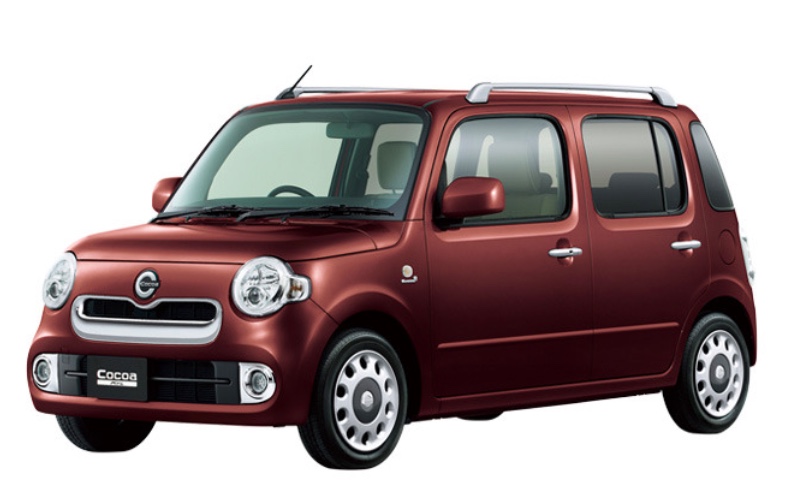
A kei car is a light four-wheeled vehicle that is defined by Japan’s own practical standards. It differs from a standard car in the size of the body, displacement, and number of seats. The size of the body must be less than 3.4m in length, less than 1.48m in width, and less than 2.0m in height, and the engine displacement must be less than 660cc. Compared to a standard car, it is characterized by its compactness.
The maximum capacity is four persons, and the cargo capacity is 350 kg or less. The license plate for a private kei car is yellow with black letters. For your information, regular cars have white license plates.
3 Reasons why kei cars are selling well
Low price

One of the reasons why kei cars are so popular is that the price of cars in general has become higher; around 1990, a sedan with a 2-liter engine could be purchased for around 1.8-2.0 million yen ($16,364.53 – $18,182.81), but now it is more expensive at 2.2-2.5 million yen ($20,001.09 – $22,728.51). The prices of cars are rising year by year due to improvements in safety equipment and environmental performance.
However, the average annual income of Japanese workers peaked at the end of the 1990s and has continued to decline, and even now it has not returned to the level of 20 years ago. In other words, it can be said that although the price of cars has increased, salaries have conversely decreased, leading more users to choose smaller, less expensive cars.
The best selling kei cars today are the taller models, especially those with overall height above 1,700mm and equipped with sliding doors. The price of these cars is 1.4 to 1.8 million yen ($12,727.97 – $16,364.53), which is the same as small cars, but the interior quality and safety features are in the same class as small cars, and they surpass small cars in terms of livability and load capacity.
Low taxes

One advantage of kei cars that has not changed is the low tax rate. Instead of being restricted in terms of body size and engine displacement, kei cars have a lower tax rate.
The most obvious example is the “light vehicle tax,” which is paid every April. The light vehicle tax was increased in 2015, but it is still far cheaper than that of regular cars. The tax is 10,800 yen ($98.19) per year for light passenger cars that were first registered on or after April 1, 2015. If the car was first registered on or before March 31, 2015, before the tax hike, it will only cost 7,200 yen ($65.46).
On the other hand, the annual automobile tax for small and standard cars is 29,500 yen ($268.20) for cars with a displacement of 1 liter or less, 34,500 yen ($313.65) for cars with a displacement of 1.5 liters or less, and 39,500 yen ($359.11) for cars with a displacement of 2 liters or less, which is higher than that for kei cars. For a standard car of around 1.5 to 2 liters, which is the mainstream these days, the tax is relatively low, but it is still a burden of 30,000 to 40,000 yen ($272.74 – $363.66) per year. The economic advantage of a kei-car would be huge, as the annual tax would be less than 1/3 of that of a small or standard car.
If a household owns four cars, the total amount of automobile tax alone for a 1.2 to 1.5 liter compact car would be 138,000 yen ($1,254.61) per year. However, if you own four kei cars, the kei car tax will only be about 40,000 yen ($363.66). This means that there is a difference of about 100,000 yen ($909.14) between kei cars and small cars in terms of automobile tax alone.
In addition, the “automobile weight tax” is also kept low for kei cars. The weight tax for small and regular cars is determined by the weight of the car, but for kei cars, the tax is uniform. The weight tax paid by kei cars (for two years) is 6,600 yen ($60.00). For compact cars and other vehicles weighing 1.5 tons or less, the tax is 24,600 yen ($223.65), and for sedans and SUVs weighing 2 tons or less, the tax is 32,800 yen ($298.20). For other tax amounts, please refer to the following article.
Easy of Driving
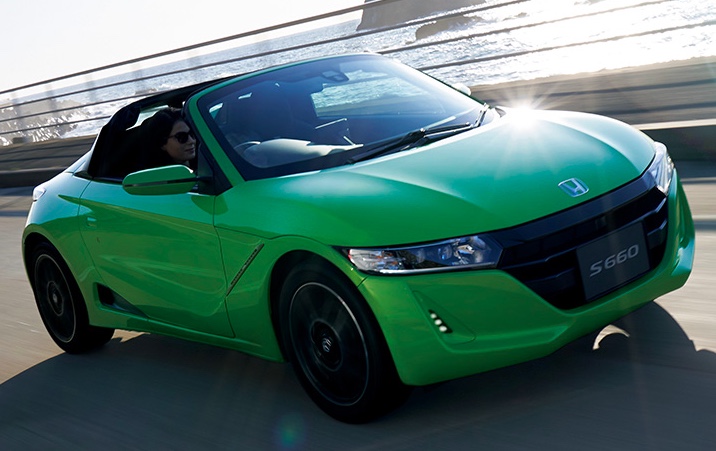
In the past, easy-to-drive and inexpensive sedans were the mainstay of sales in Japan. Most of the domestically produced sedans were developed for overseas markets and had large body sizes. As a result, sedans have lost sales in Japan.
Now, domestic cars that are being actively developed for the domestic market are limited to minivans, some small cars, and kei cars.
Unlike minivans and compact cars, kei cars are designed for the Japanese domestic market and are therefore better suited to Japanese road conditions in every way.
One of the most notable features of these cars is their small, maneuverable body size. The body size of kei cars is limited to 3,400mm or less in length, 1,480mm or less in width, and 2,000mm or less in height. The overall width of less than 1,480mm is particularly suitable for Japan, where there are many narrow alleys, and even those who are not used to cars will find it easy to drive. As the width of standard cars tends to increase to meet the needs of overseas markets, kei cars are playing a major role.
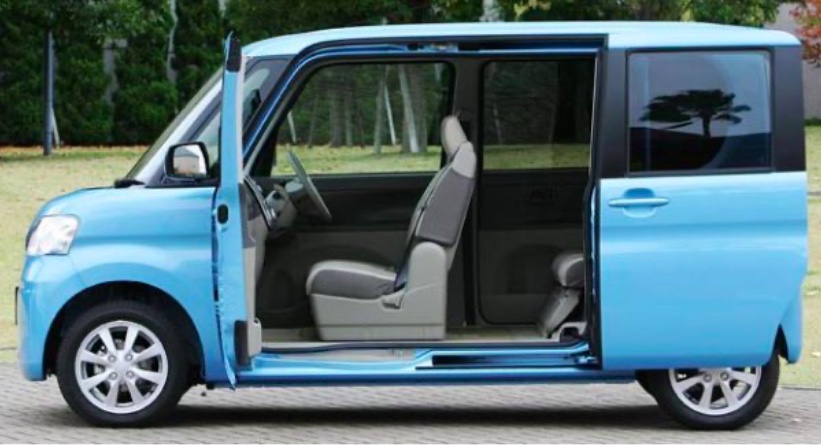
Also, although the body size and engine displacement of kei cars are small, they have actually been gradually expanded through several revisions of standards. As a result, their livability and driving performance have improved compared to the past. Recent kei cars have much higher seat comfort and interior quality. The ride comfort and driving stability are also of high quality.
People tend to think that kei cars with a small engine displacement of 660cc are prone to lack of power, but recent kei cars have various measures taken to reduce the weight of the body and improve the engine, so even naturally aspirated engines can be driven without stress.
Also, if you want to drive on the highway like a regular car, or if you want to travel long distances with ease, choosing a turbocharged car will solve your problem. Today’s turbocharged keicars have 1.5 to 1.7 times more maximum torque, yet the deterioration in fuel economy is less than 10%, which is excellent.
Incidentally, as a side note, expressway tolls are also cheaper for kei cars. They can be ridden for 80% of the price of a standard car.
Why not sell them overseas?
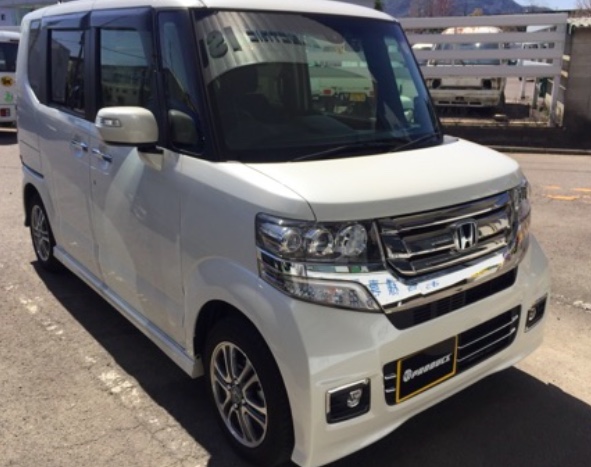
Excluding a few models, these attractive kei cars are not sold overseas. In Europe, you can drive at 80km/h on public roads in the suburbs, except within cities and towns. The 130km/h limit is widely applied on highways, except for the Autobahn in Germany. In such a road environment, people in Europe try to maximize the performance of their cars.
Also, as in Japan, many suburban roads have only one lane in each direction, but in areas where visibility is good, overtaking is allowed, and Europeans hurry to pass the car in front of them. The traffic environment in Europe is completely different from that of Japan’s countryside, where kei-cars drive at a leisurely pace, obeying the speed limit.
Another issue with kei cars is safety: since 1988, only kei cars that have passed the same safety collision standard tests as regular cars have been sold in Japan, but the safety standards vary from country to country.
The collision safety standards in the U.S. are particularly strict, and there are some states where light vehicles are not allowed to be driven on public roads. In the U.S., many people travel long distances and drive at high speeds, so it is not surprising that the standards are strict. Even in the U.S. where public roads are not allowed, light trucks are popular as agricultural vehicles.

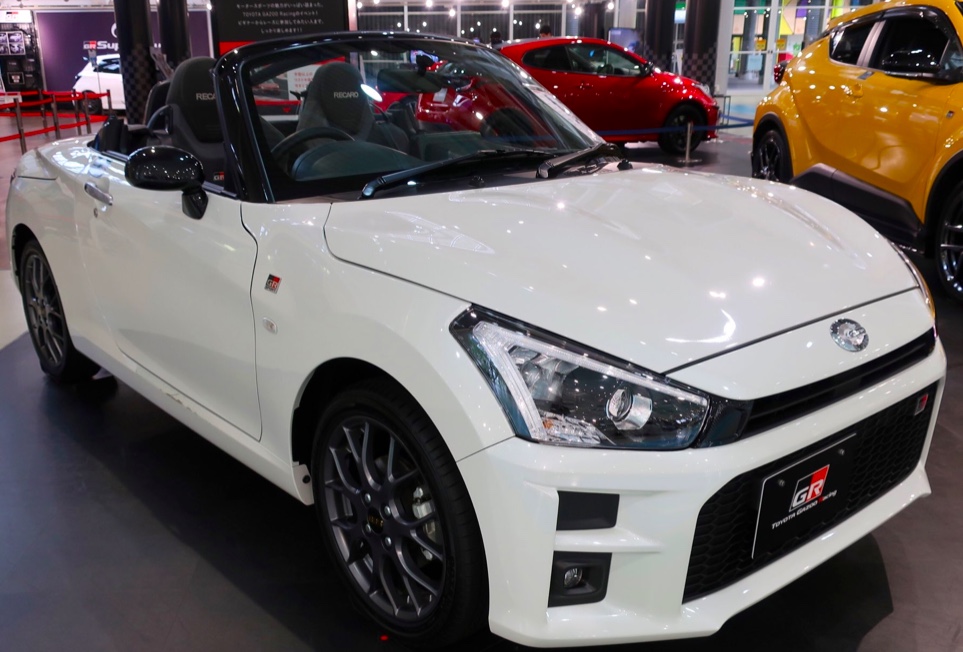




Comments